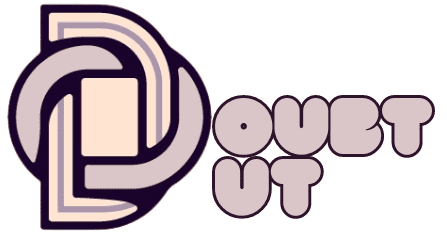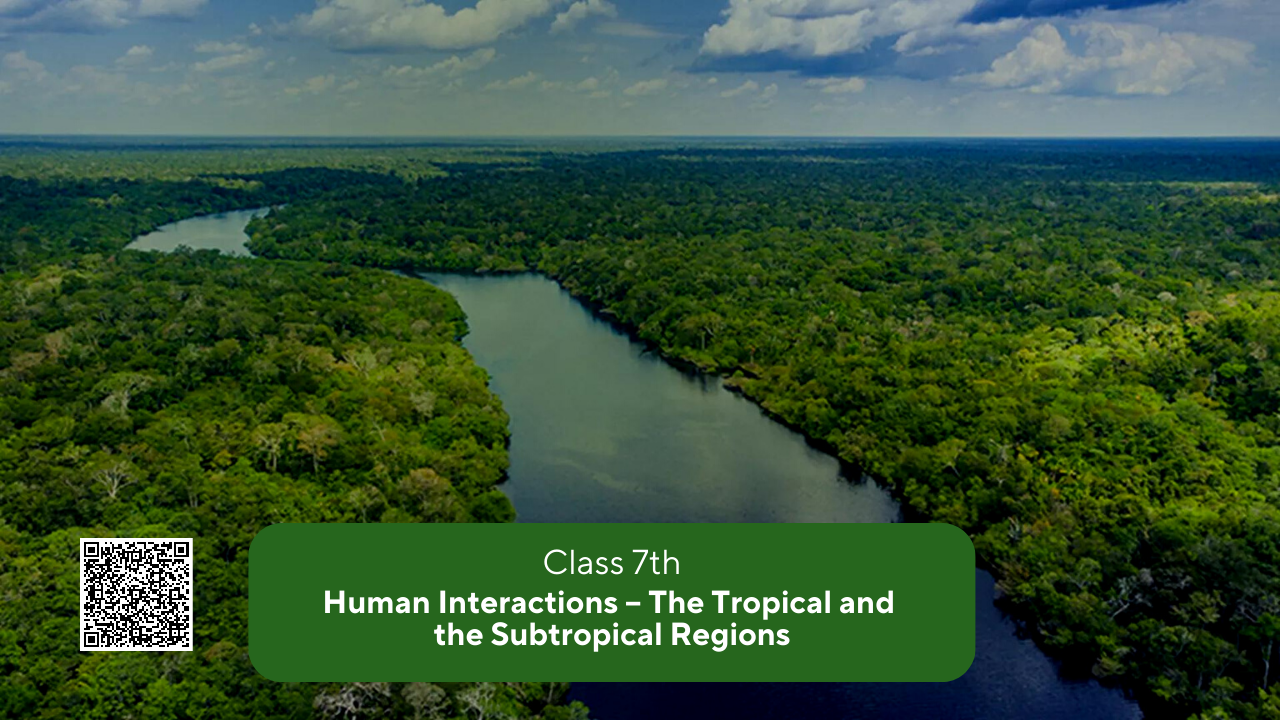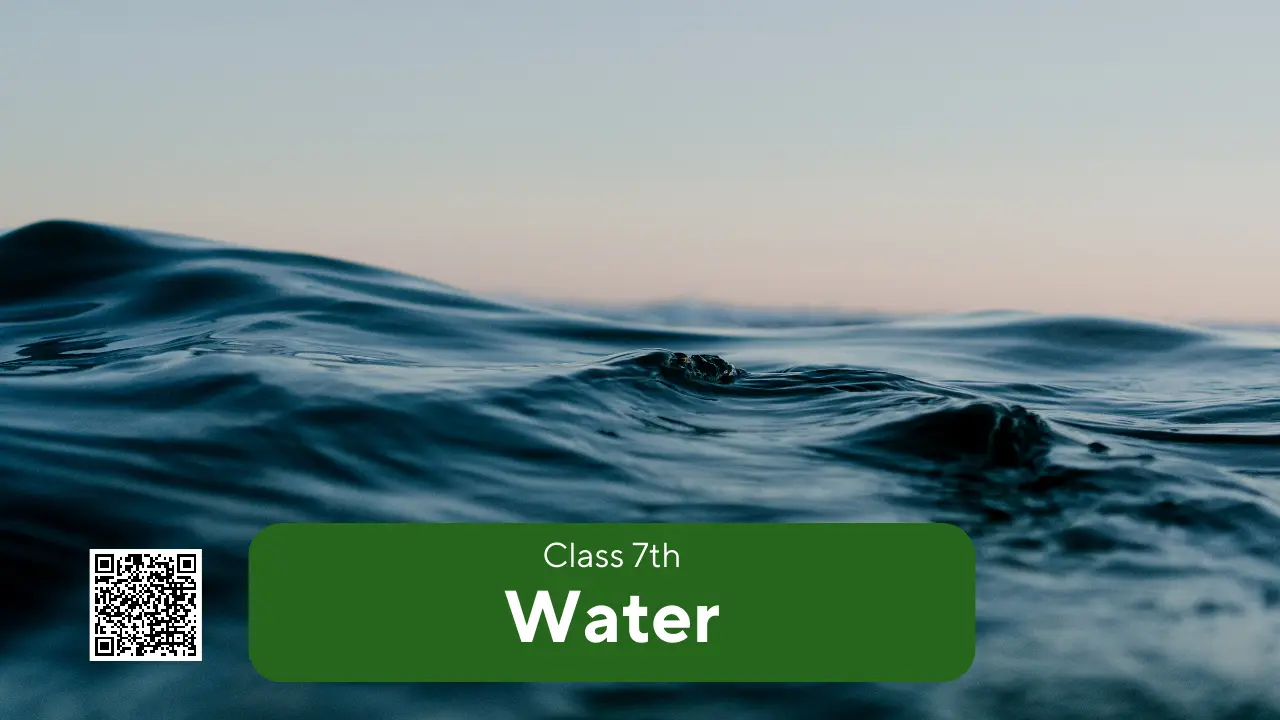1. Are the statements given alongside true or false? Support your answer with the use of an example. (a) All societies do not think similarly about the roles that boys and girls play (b) Our society does not make a distinction …
The core difference between the work done by MLAs in the assembly and the government departments is that every government department is headed by a minister, who is also an MLA. 1. Use the terms ‘constituency’ and ‘represent’ to explain who …
NCERT Solutions for Class 7 Chapter 2 Role of the Government in Health are given below with links. Once students finish reading the chapters, they can go through the exercise questions. Many times, they find it difficult to answer the questions. …
NCERT Solutions for Class 7 Civics Chapter 1 “On Equality” contains solutions to the exercises given in the “Social and Political Life – II”. These answers are created by subject experts and are as per the syllabus. Q.1 In a …
The 18th-century political formations in India were very dramatic, with the country changing at a very rapid pace. During the first half of the century, the Mughal Empire dwindled as a result of the emergence of independent kingdoms. The second …
Regional cultures today are often the product of complex processes of intermixing local traditions with ideas from other parts of the subcontinent. Some traditions appear specific to some regions, while others seem to be similar across regions. Yet others derive …
Intense devotional or love of God is the inheritance of different types of Bhakti and Sufi movements that have developed since the 8th Century. Before the emergence of large kingdoms, various groups of people worshipped their own gods and goddesses. …
Several social changes took place in the Indian subcontinent over different time periods. However, these social changes were not the same everywhere. Different kinds of societies evolved differently. In large parts of the subcontinent, society was already divided according to …
Mughals expanded their kingdom from Agra and Delhi, starting from the latter half of the 16th century, and finally, in the 17th century, they were controlling nearly the entire Indian subcontinent. They imposed structures of administration and ideas of governance, …
When did Delhi gain significance as a centre of strategic and political importance? Who were the rulers of Delhi during the medieval period? Learn answers to these questions and further details about Delhi Sultans and related concepts from Chapter 3 …
What do you know about kings or kingdoms? You may not have witnessed any real kings or kingdoms in the modern era. However, history is replete with glorified accounts of such kings and kingdoms. Many new dynasties emerged in different …
When historians read documents, maps and texts from the past, they have to be sensitive to the different historical backgrounds–the contexts–in which information about the past was produced. The context in which information is produced changes with time. Chapter 1 …
Desert areas are characterised by low rainfall, scanty vegetation and extreme temperatures. Depending on the temperatures, there can be hot deserts or cold deserts. The Sahara desert is the hottest and the world’s largest desert. Ladakh is a cold desert …
Our environment is everything that surrounds us. Human settlements were the outcome of agriculture, and rivers were a boon for agriculture. The first settlements of humans started developing around rivers. The life and culture of people vary in the different …
Our Earth’s surface is covered with 71 per cent of water. The water cycle is the process by which water continually changes its form and circulates between oceans, the atmosphere and land. The major sources of freshwater are the rivers, ponds, springs …
1. Answer the following questions. (i) What is the atmosphere? Answer: The blanket of air surrounding the earth is called the atmosphere. The atmosphere primarily comprises nitrogen and oxygen in bulk and other gases like carbon dioxide, helium, ozone, etc. in …
















